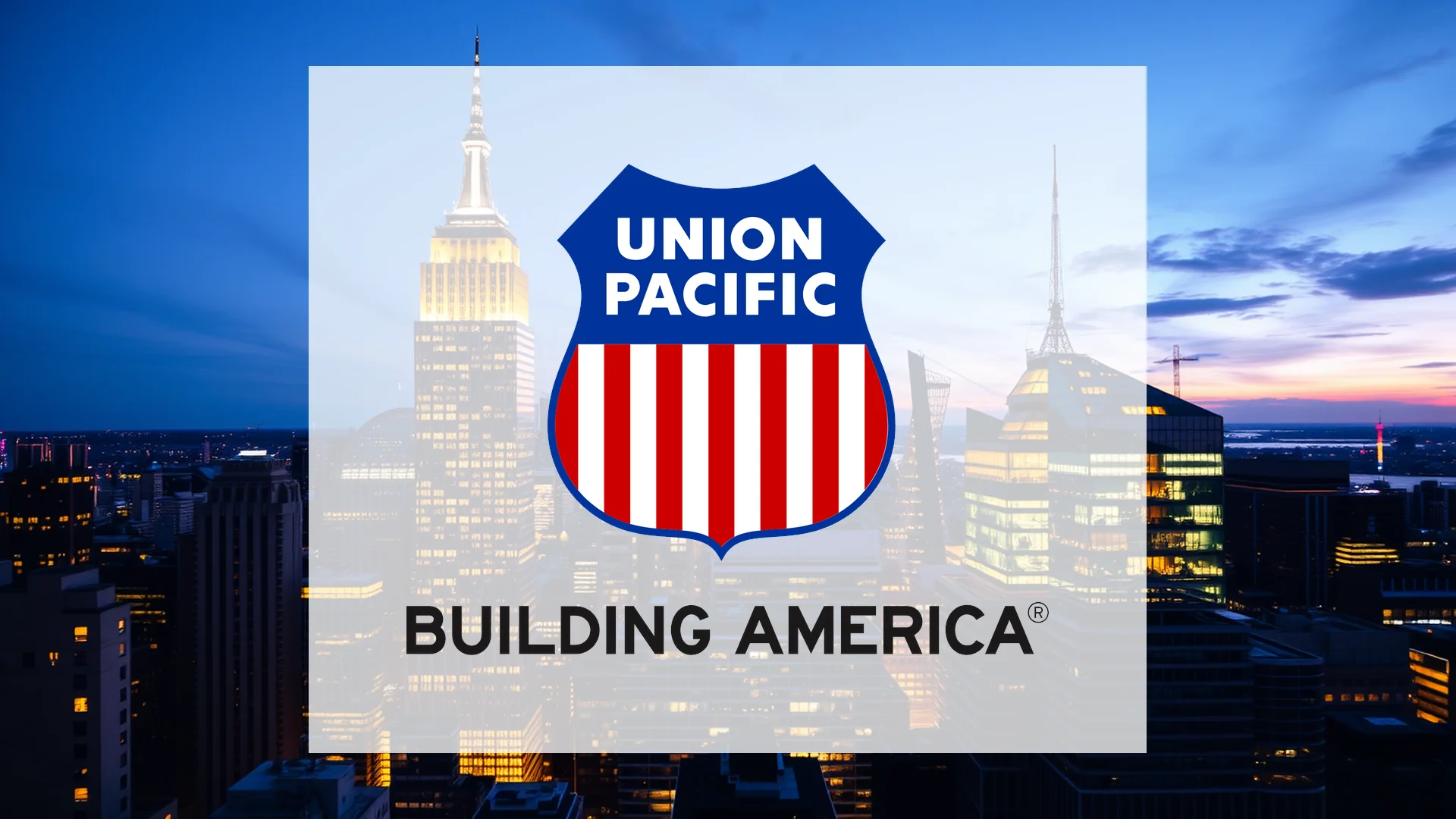The proposed $85 billion acquisition of Norfolk Southern by Union Pacific, which would establish America’s first transcontinental rail network, now faces substantial regulatory challenges that threaten to derail the historic transaction. While the merger received unexpected backing from a major customer this week, opposition from competitors and intensified regulatory scrutiny create significant obstacles for what would be the largest railroad combination in history.
Regulatory Landscape Presents Unprecedented Hurdles
Union Pacific’s merger proposal will undergo examination under the Surface Transportation Board’s strengthened 2001 merger guidelines, representing a substantially higher regulatory barrier than previous railroad combinations faced. The updated standards require demonstrating that the consolidation would “enhance” competition, moving beyond previous requirements that merely prevented harm to existing market dynamics.
Industry experts anticipate the formal application will be submitted on October 29, with the approval process potentially extending into early 2027. “This will be a marathon, not a sprint,” cautioned one industry insider familiar with regulatory proceedings. The extended timeline reflects both the complexity of the review and the substantial pressure on regulators to either block the transaction or impose stringent conditions.
Mixed Reactions from Industry Participants
Support emerged this week from J.B. Hunt, one of America’s largest intermodal transportation service providers, which publicly endorsed the planned merger. The company highlighted significant potential for shifting freight from truck to rail, a development market observers noted “sends an important signal to regulators.”
Should investors sell immediately? Or is it worth buying Union Pacific?
However, the proposal faces organized opposition from other railroad companies and shipper associations concerned about anti-competitive effects and potential service quality deterioration. In a contrasting position within the industry, the largest U.S. railroad union, SMART-TD, has thrown its support behind the deal following negotiation of a historic job protection agreement.
Investor Sentiment and Market Positioning
Despite regulatory uncertainties, several institutional investors have demonstrated confidence in Union Pacific’s prospects. Recent regulatory filings show Vest Financial and AEGON ASSET MANAGEMENT among those increasing their positions in the company. Although Union Pacific shares currently trade approximately 20% below their yearly peak, analysts maintain an average price target around $260, suggesting potential upside.
Critical milestones approach in the coming weeks, with Union Pacific scheduled to report quarterly earnings on October 23, followed shortly by the formal merger application submission. Success would create a rail giant connecting 43 U.S. states and 100 ports, while failure would leave Union Pacific confronting substantial financial and strategic consequences.
Market Indicators Suggest Calm Before Potential Storm
Current technical indicators show Union Pacific stock with an RSI of 54.8, signaling neither overbought nor oversold conditions. Volatility remains moderate at 18%, potentially understating the significance of upcoming regulatory decisions. Market participants await clarity on whether Union Pacific can achieve this transformative transaction or if regulatory barriers will sideline the ambitious combination for years to come.
Ad
Union Pacific Stock: Buy or Sell?! New Union Pacific Analysis from December 3 delivers the answer:
The latest Union Pacific figures speak for themselves: Urgent action needed for Union Pacific investors. Is it worth buying or should you sell? Find out what to do now in the current free analysis from December 3.
Union Pacific: Buy or sell? Read more here...












